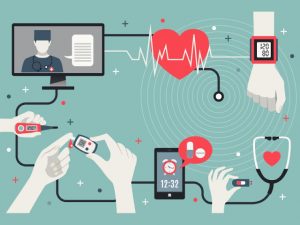The Top Ten Health-Care Technology Risks

If you work in the medical device, healthcare, or other associated disciplines, you might be amazed by the implications of the Emergency Care Research Institute’s new Top Ten Health Technology Hazards survey (ECRI).
Based on a study of recorded cases, independent medical equipment monitoring, and reporting databases, ECRI publishes an annual report. According to the report, the list “recognizes potential sources of risk [ECRI] warrants the most emphasis for the coming year.” The list for 2021 was recently released, and it surprisingly does not include any of the conventional issues that we have previously discussed. COVID-19 and its global impact affected, among other things, regulatory approvals, clinical research, and patient dependency on commercial technology.
Here is the comprehensive list:
- Emergency usage authorization system management: Managing medical devices with COVID-19 EUAs is complicated.
- Auto-display of drug names: Drug entry fields that fill in after just a few letters can lead to fatal medication errors.
- Drug entry fields that accumulate after a few characters may lead to fatal medication errors.
- Telehealth adoption: Quick implementation of virtual care technology could put patients’ data at risk.
- Masks in the N95 style that have been imported: It’s possible that healthcare employees won’t be protected from infectious respiratory diseases.
- Devices for the wider populace: Using these products to make healthcare decisions may lead to poor outcomes.
- UV disinfection: Swift installations of UV disinfection devices will reduce their efficacy and increase the risk of exposure.
- Security flaws in software: Third-party device component weaknesses represent a threat to cybersecurity.
- Diagnostic imaging with artificial intelligence: These tools have the potential to misinterpret some patients.
- Remote operation risks include Medical devices that can be controlled remotely and used at the bedside to introduce new threats.
- Performance of 3D printing: Patients can be harmed by a lack of quality assurance for 3D-printed patient medical devices.

